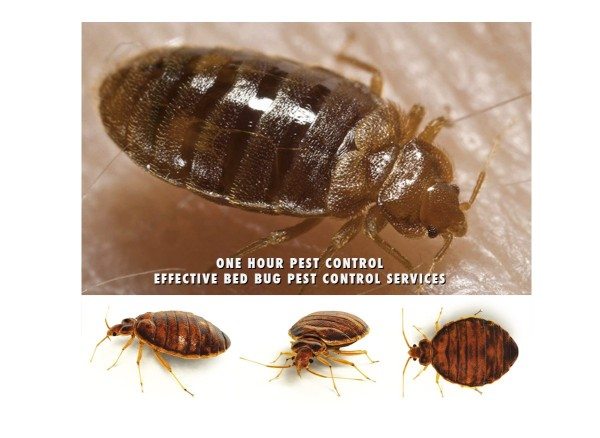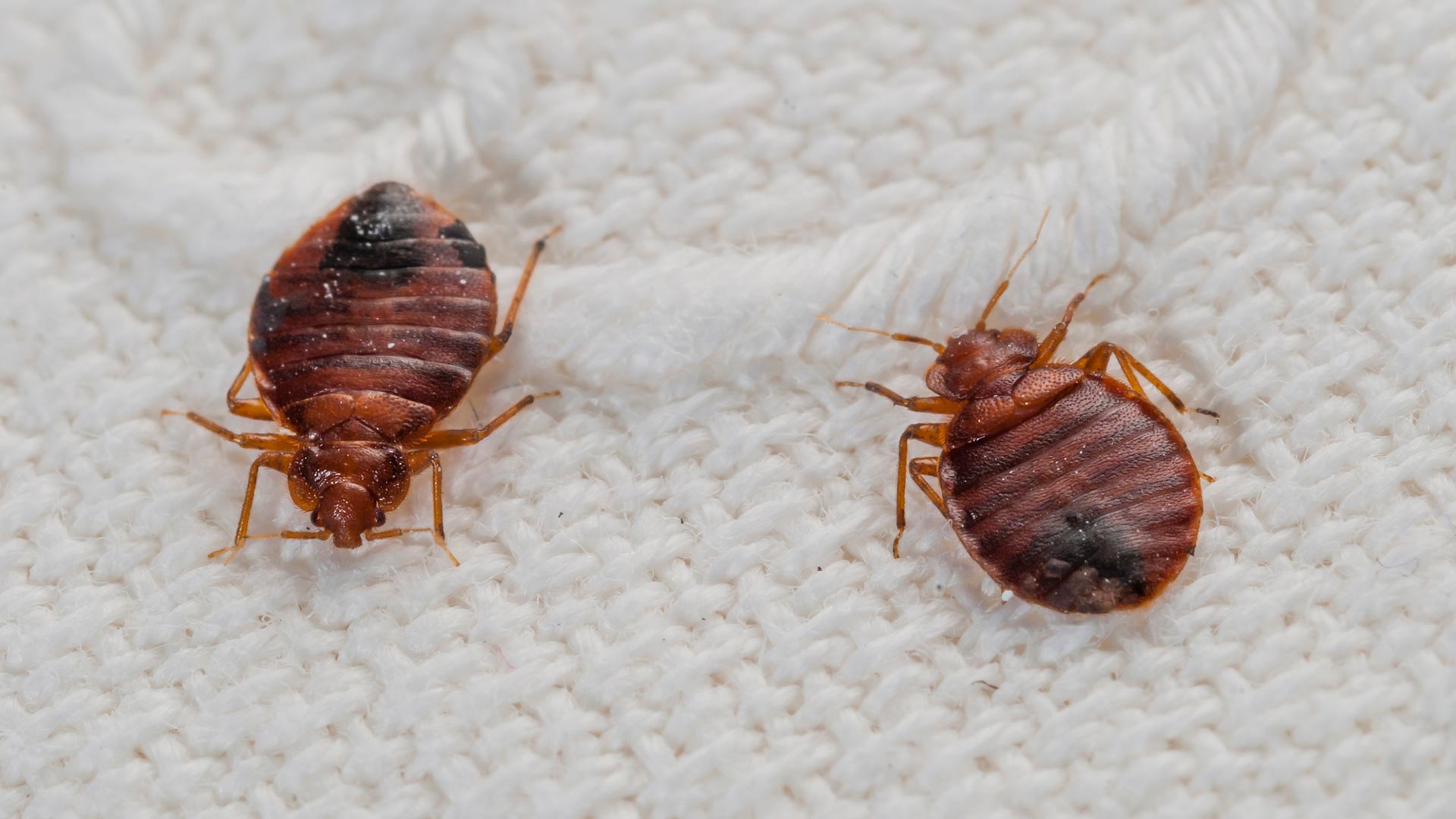Top Rated Pest Control Company in Arlington: Your First Choice for Pests
Top Rated Pest Control Company in Arlington: Your First Choice for Pests
Blog Article
Get Enlightened About the Sorts Of Parasite Control Methods and Their Benefits for Home Owners
Recognizing the numerous pest control techniques offered to homeowners is necessary for reliable insect administration. From chemical and organic approaches to cultural and mechanical methods, each approach offers unique benefits that can substantially influence both wellness and ecological safety. Property owners who are knowledgeable can make calculated selections that not only address parasite concerns but also enhance the overall quality of their living atmosphere. As we check out these techniques even more, it ends up being clear that the decision-making procedure entails greater than simply instant outcomes; it discuss long-lasting sustainability and health. What aspects should affect these critical choices?
Chemical Insect Control Methods
Chemical pest control approaches are a critical part of incorporated insect management strategies for homeowners looking for efficient options to pest invasions. These methods entail the application of chemical compounds designed to get rid of or discourage pests that endanger personal home, health, and convenience. Common chemicals used consist of pesticides, herbicides, fungicides, and rodenticides, each customized to target specific bugs.
The primary benefit of chemical pest control is its fast performance; numerous solutions offer prompt results, minimizing pest populaces considerably quickly. Additionally, developments in chemical formulations have brought about products that are extra eco-friendly and have reduced poisoning levels for non-target organisms when used appropriately.

Biological Insect Control Methods
All-natural insect control techniques have acquired importance as homeowners seek much safer and a lot more sustainable options to traditional chemical approaches. Biological insect control methods use natural predators, parasites, or virus to handle insect populations properly. This approach is not just eco-friendly yet also minimizes the threat of injury to non-target varieties, consisting of helpful insects and wild animals.
One of the most usual biological control approaches includes introducing natural killers into the setting. As an example, ladybugs can be used to regulate aphid populations, while nematodes target soil-dwelling bugs like grubs. Additionally, parasitoids-- microorganisms that live on or within a host-- can be utilized to control particular parasite species by laying eggs inside them, inevitably resulting in their death.
Another technique is the use of biopesticides, which are obtained from all-natural products such as microorganisms, minerals, or plants (bed bug exterminator). These items can effectively target insects while presenting very little danger to human beings and pets. Generally, organic bug control strategies give homeowners with an efficient ways of insect administration that straightens with ecological concepts, advertising a healthier living atmosphere while minimizing reliance on synthetic chemicals
Mechanical Bug Control Strategies
Mechanical parasite control techniques include a selection of approaches that literally protect against or eliminate bugs without making use of chemicals. These strategies are particularly advantageous for homeowners looking for eco-friendly choices while guaranteeing the security of their space.
One common technique is making use of barriers, such as internet, catches, and displays, which prevent insects from going into homes or particular areas. As an example, mounting window screens can effectively keep pests out, while utilizing physical obstacles around yards can prevent bigger parasites like deer or rabbits. Furthermore, mechanical catches designed for rats can catch and remove these pests without the demand for harmful substances.
One more reliable technique involves the use of vacuum cleaners and brooms to eliminate insects straight from surfaces. Routine cleaning and upkeep can dramatically decrease pest populations by removing food resources and hiding spots. Additionally, utilizing gadgets like ultrasonic pest repellents can deter various parasites via acoustic wave that are unpleasant site link to them but inaudible to people.
Social Bug Control Practices
Cultural bug control practices focus on changing the environment and management techniques to create the original source problems that are much less for pest invasions. These methods are fundamental in preserving a well balanced ecosystem and minimizing the reliance on chemical interventions. By altering farming practices, house owners can efficiently deter insects while promoting plant health.
One typical approach consists of crop rotation, which disrupts the life cycles of insects by transforming the sorts of plants expanded in a details area (bed bug exterminator). This not only lessens pest populaces yet also improves dirt health. Furthermore, intercropping-- growing diverse crops in closeness-- can puzzle insects and decrease their ability to find their favored host plants
Water management is one more vital aspect of cultural techniques. Correct watering strategies can avoid standing water, which functions as a reproduction ground for insects and other pests. In addition, maintaining cleanliness around the home, such as on a regular basis getting rid of particles and food waste, can considerably reduce parasite attraction.
Integrating these social methods right into a comprehensive bug management strategy permits house owners to create an environment that naturally hinders insects, thereby improving the effectiveness of other control approaches while advertising sustainable gardening and landscaping.

Integrated Bug Administration Approaches
Integrated Pest Monitoring (IPM) stands for a holistic method that combines different techniques to effectively take care of bug populations while minimizing environmental influence. This technique integrates biological, cultural, physical, and chemical methods to achieve lasting bug control. By assessing pest populations and their natural enemies, IPM emphasizes monitoring and identifying insects prior to carrying out control actions.
One of the core concepts of IPM is using thresholds, which develop the degree of parasite task that calls for intervention. This ensures that therapies are used just when essential, decreasing the reliance on chemical pesticides. Biological control approaches, such as presenting natural killers or parasites, work in combination with social techniques like plant turning and habitat adjustment to interrupt pest life process.
Moreover, IPM encourages using least-toxic chemical options when treatment is needed, focusing on items that position marginal risk to non-target organisms and the atmosphere. For home owners, adopting IPM comes close to not just improves the efficacy of pest management however also promotes a healthier living setting, fostering biodiversity and lowering chemical direct exposure. Inevitably, IPM equips property owners to make informed choices that balance visit here bug control with ecological responsibility.
Verdict
In final thought, understanding the various bug control methods empowers homeowners to make educated choices pertaining to pest management. Each method-- chemical, biological, mechanical, cultural, and integrated insect administration-- offers unique advantages that provide to different needs and choices.
Comprehending the various insect control techniques readily available to home owners is vital for efficient bug administration.Chemical pest control approaches are a vital element of incorporated parasite management methods for homeowners looking for reliable remedies to pest invasions. On the whole, biological parasite control techniques give house owners with an efficient ways of parasite management that aligns with environmental concepts, advertising a healthier living environment while minimizing dependence on artificial chemicals.
Social parasite control techniques concentrate on changing the atmosphere and monitoring strategies to create conditions that are less conducive to pest invasions.In final thought, understanding the various insect control methods equips homeowners to make enlightened choices pertaining to pest monitoring.
Report this page